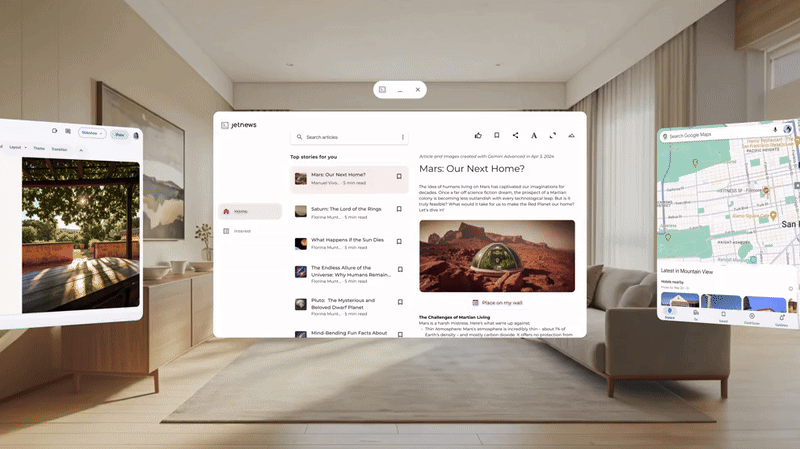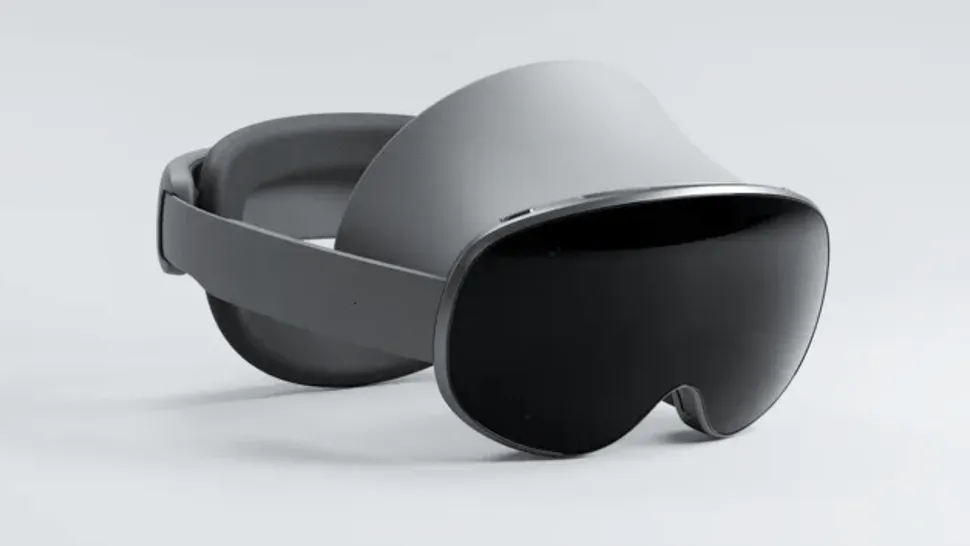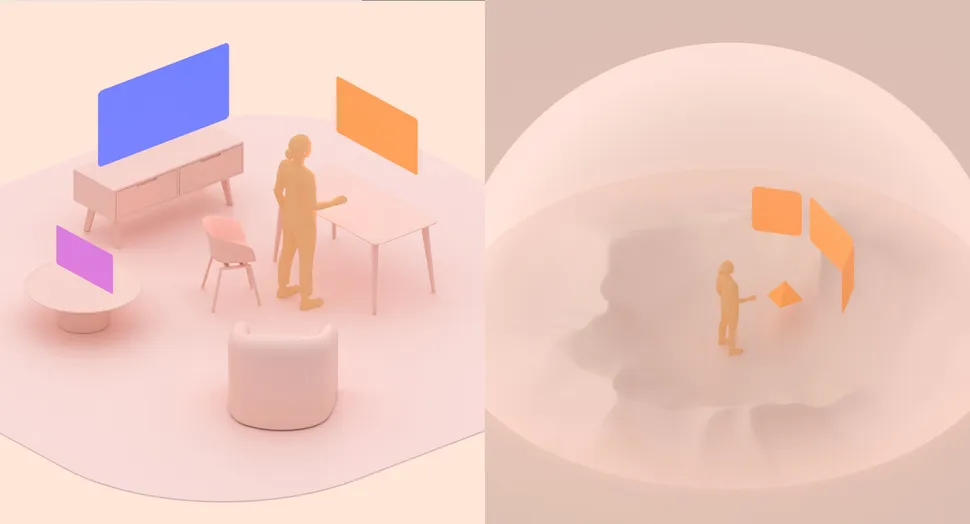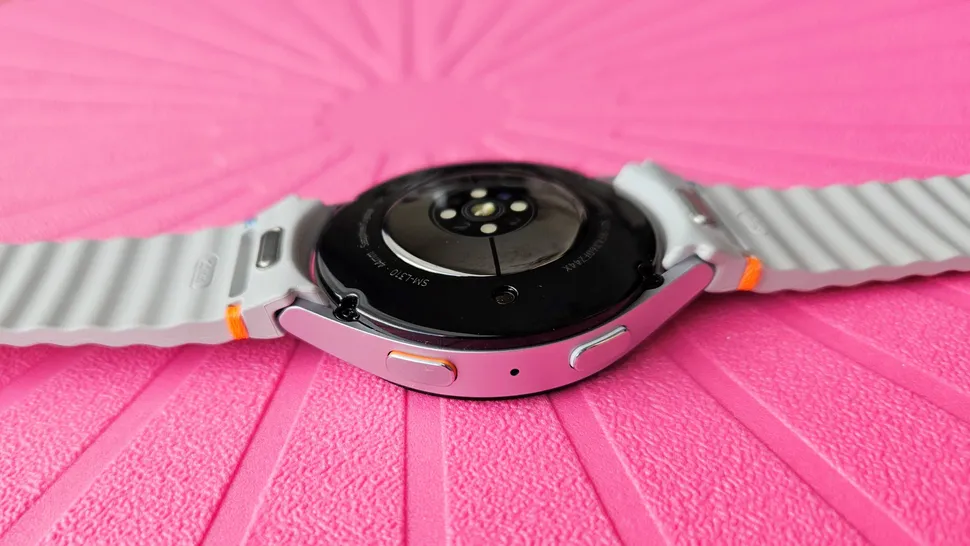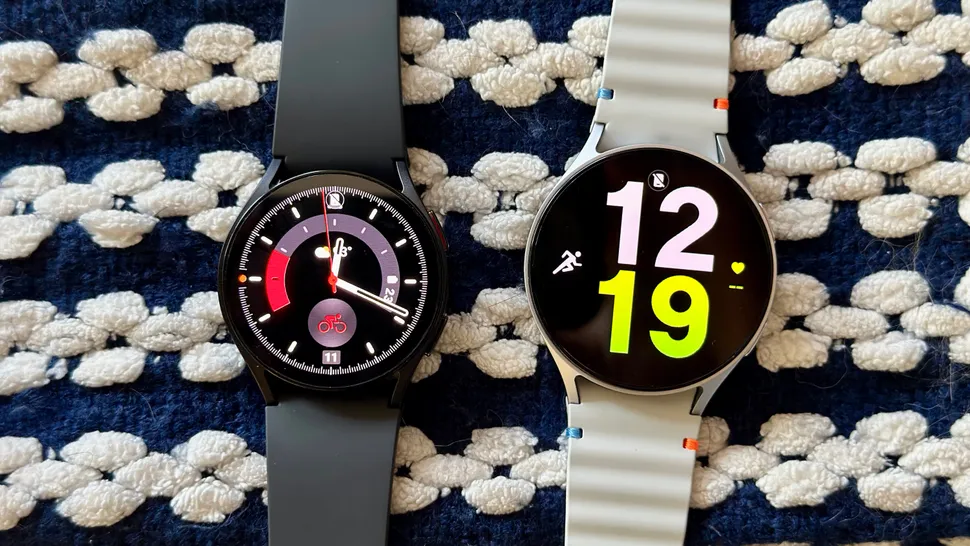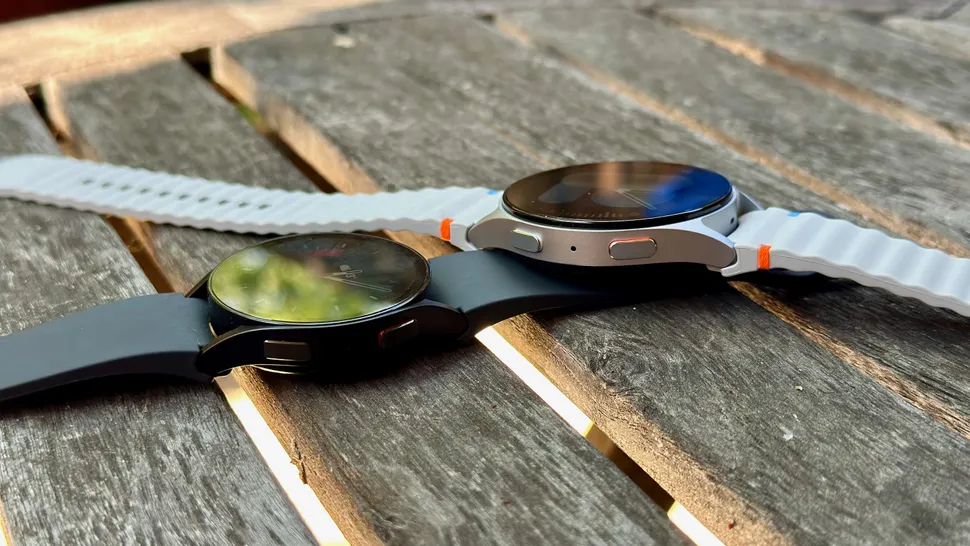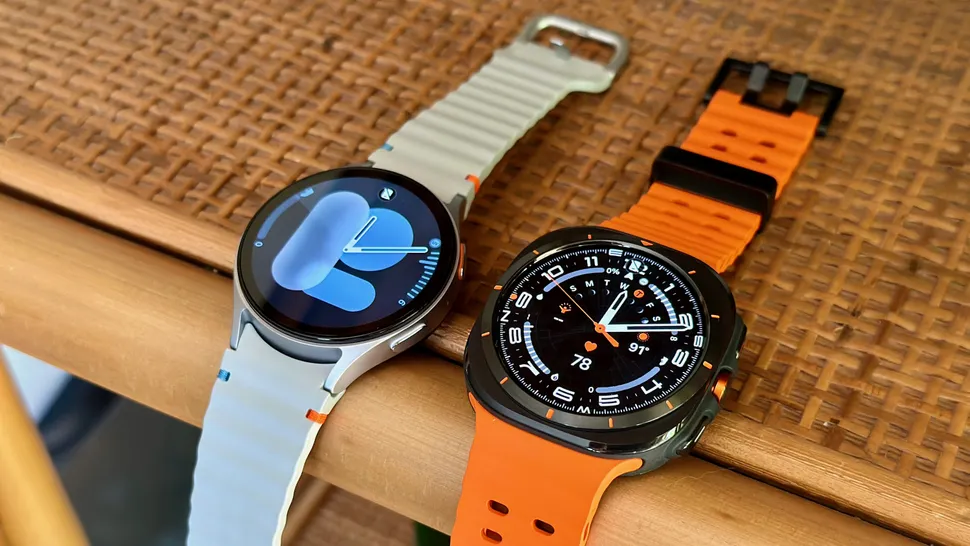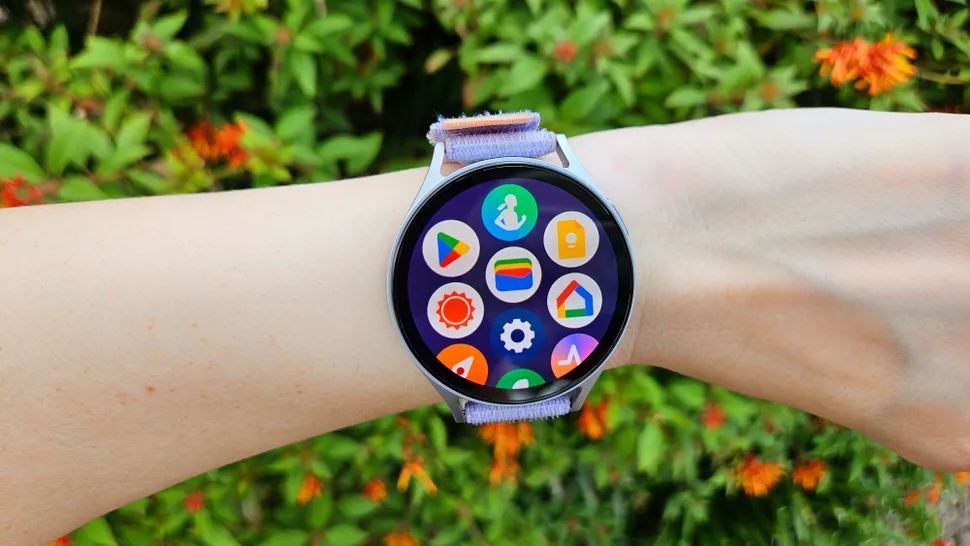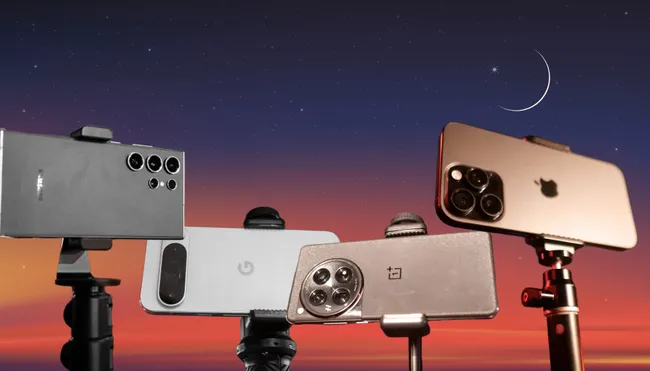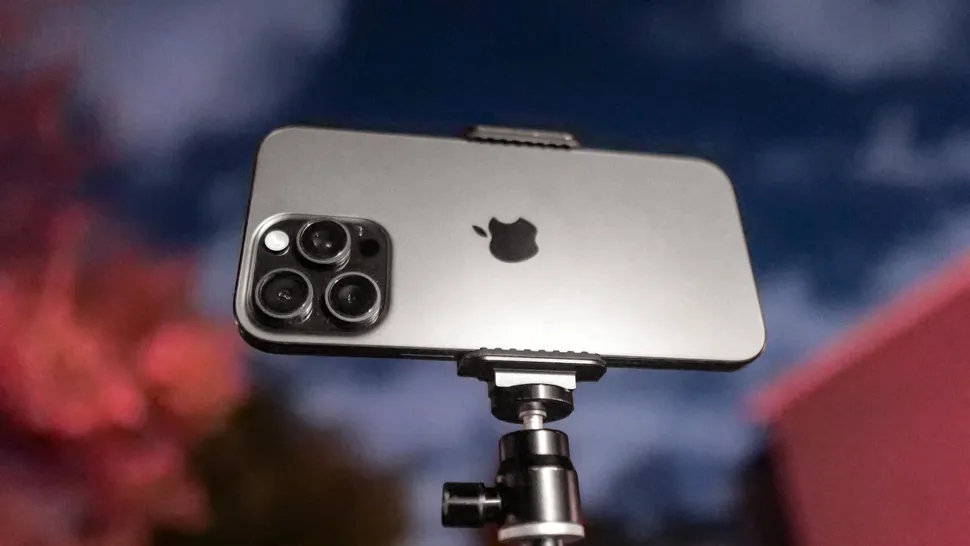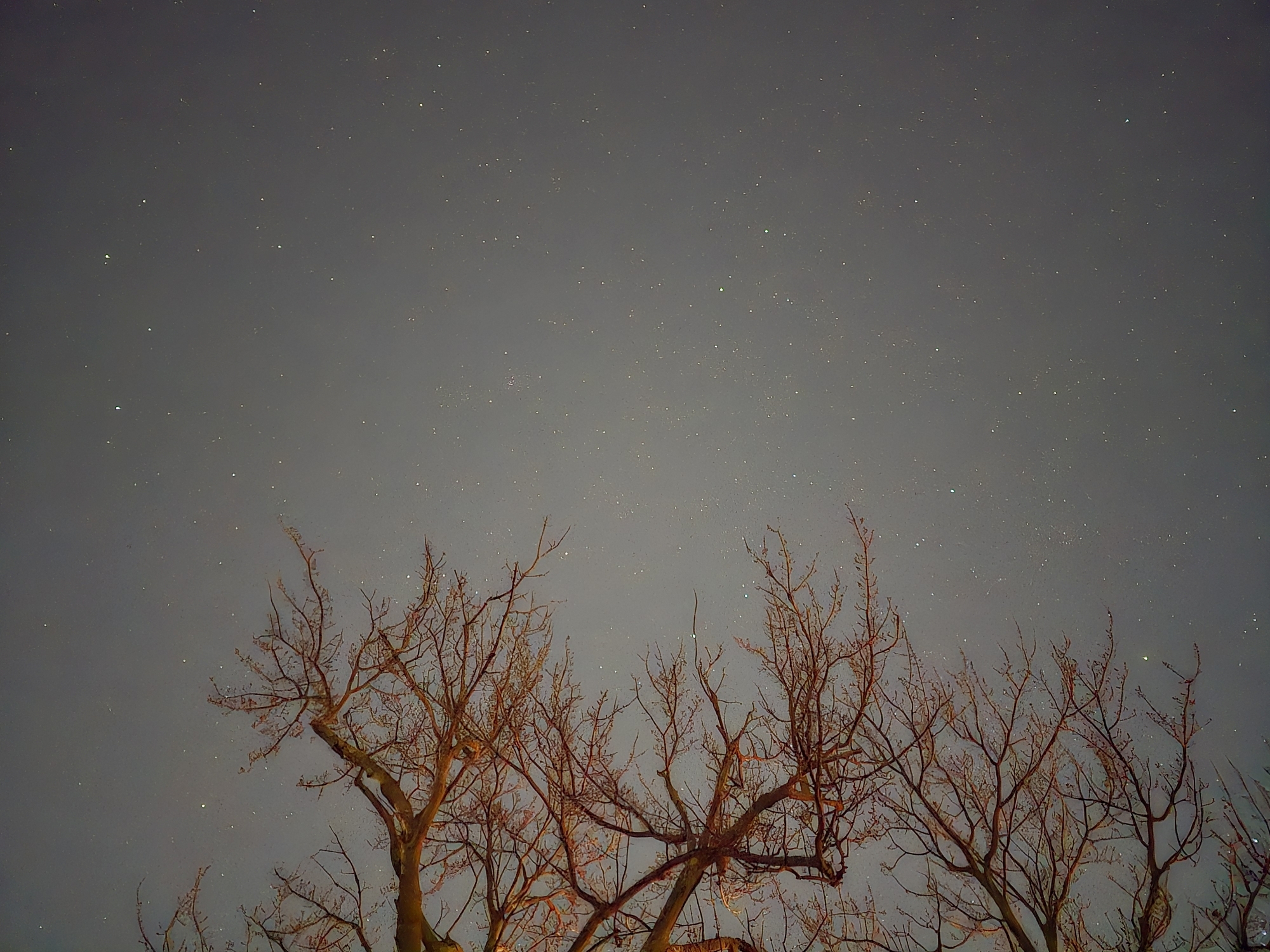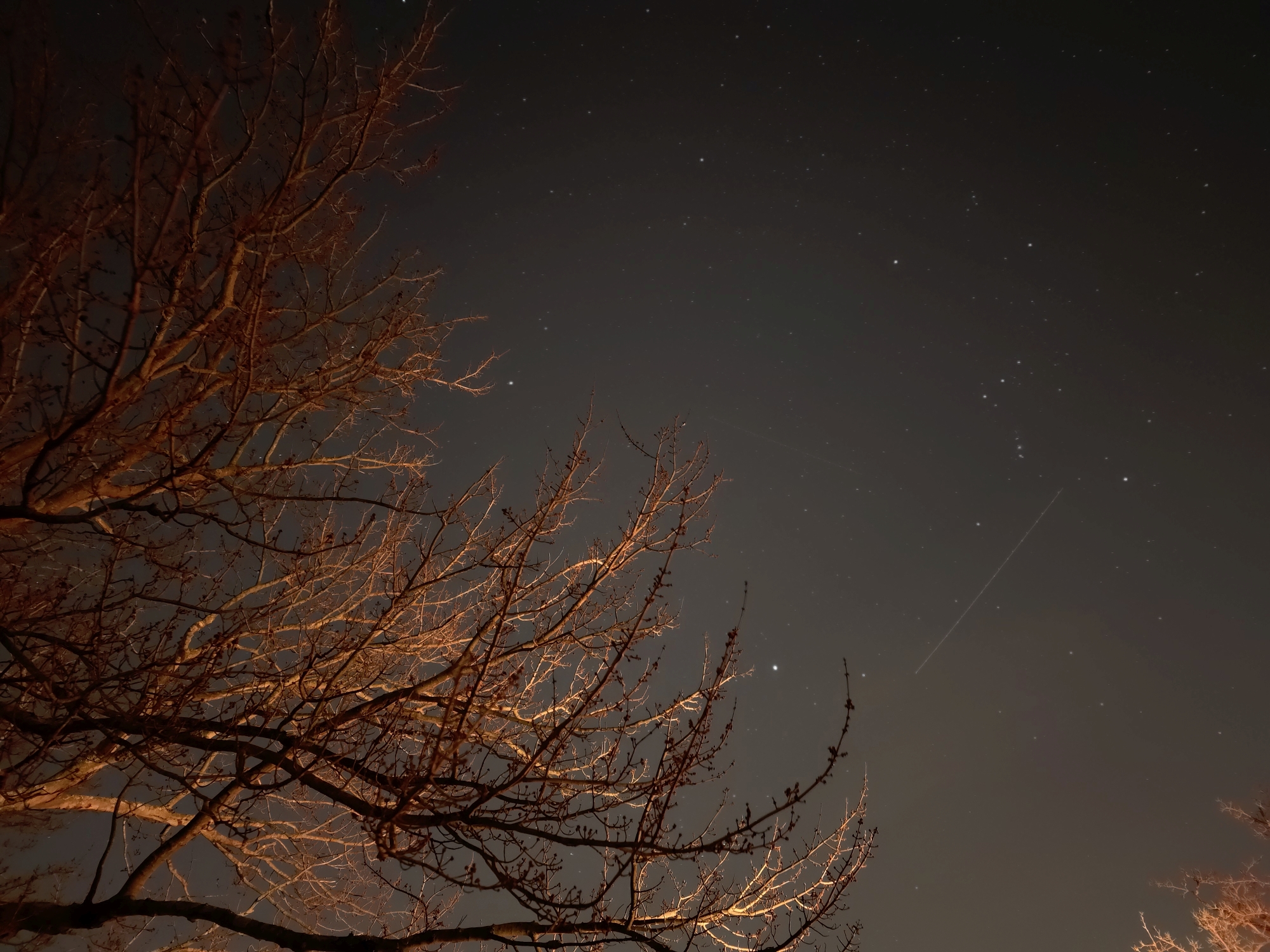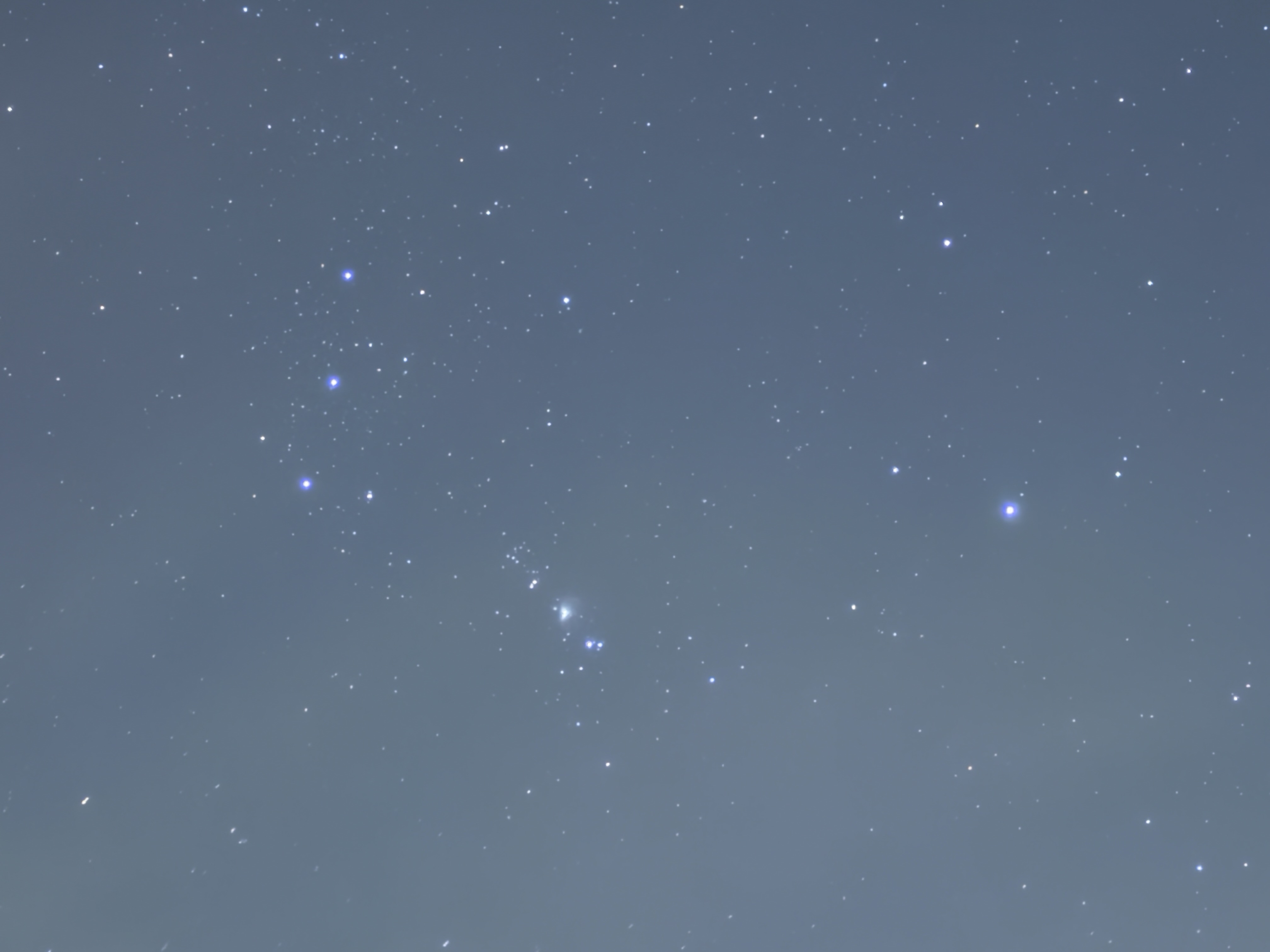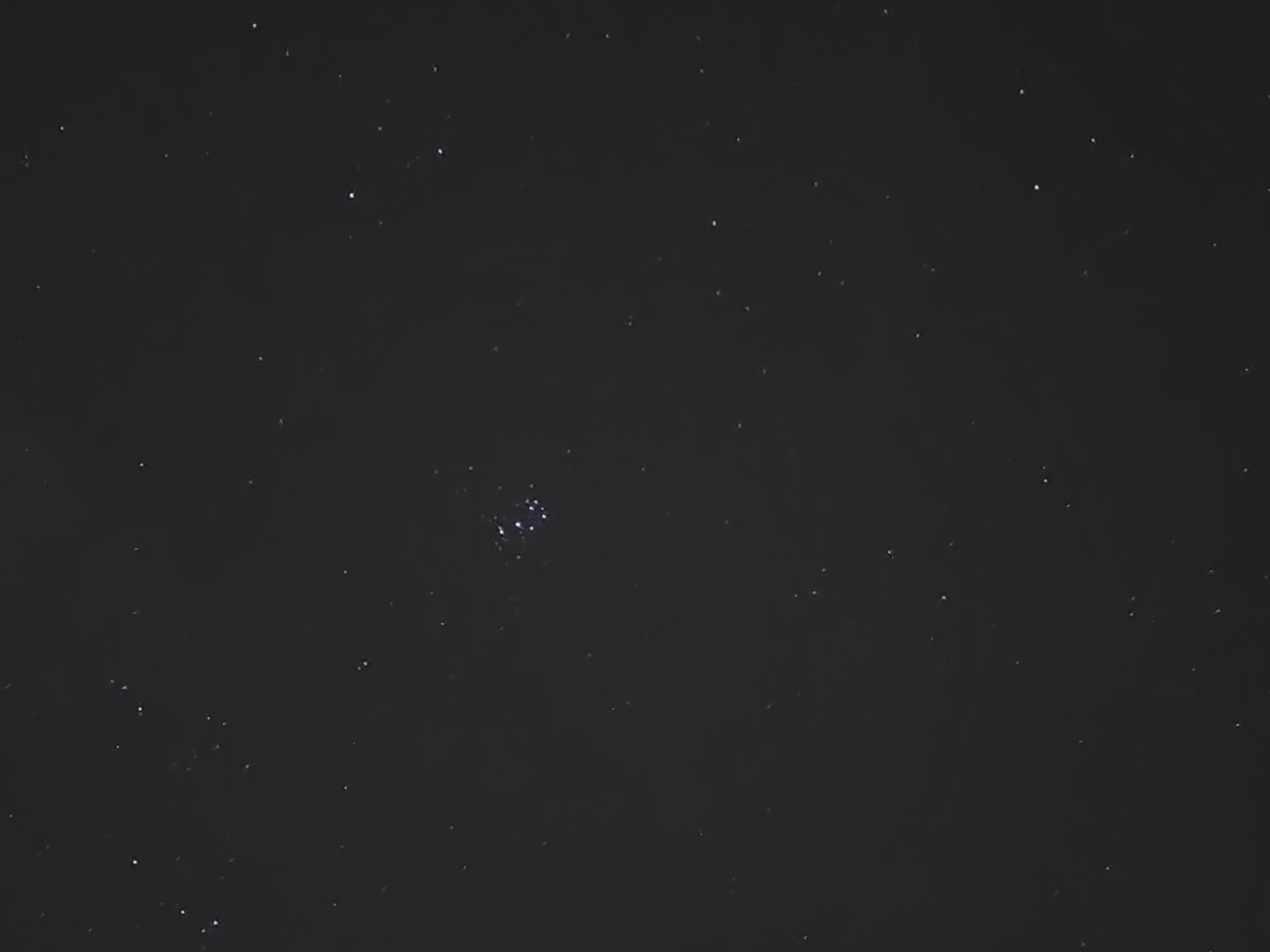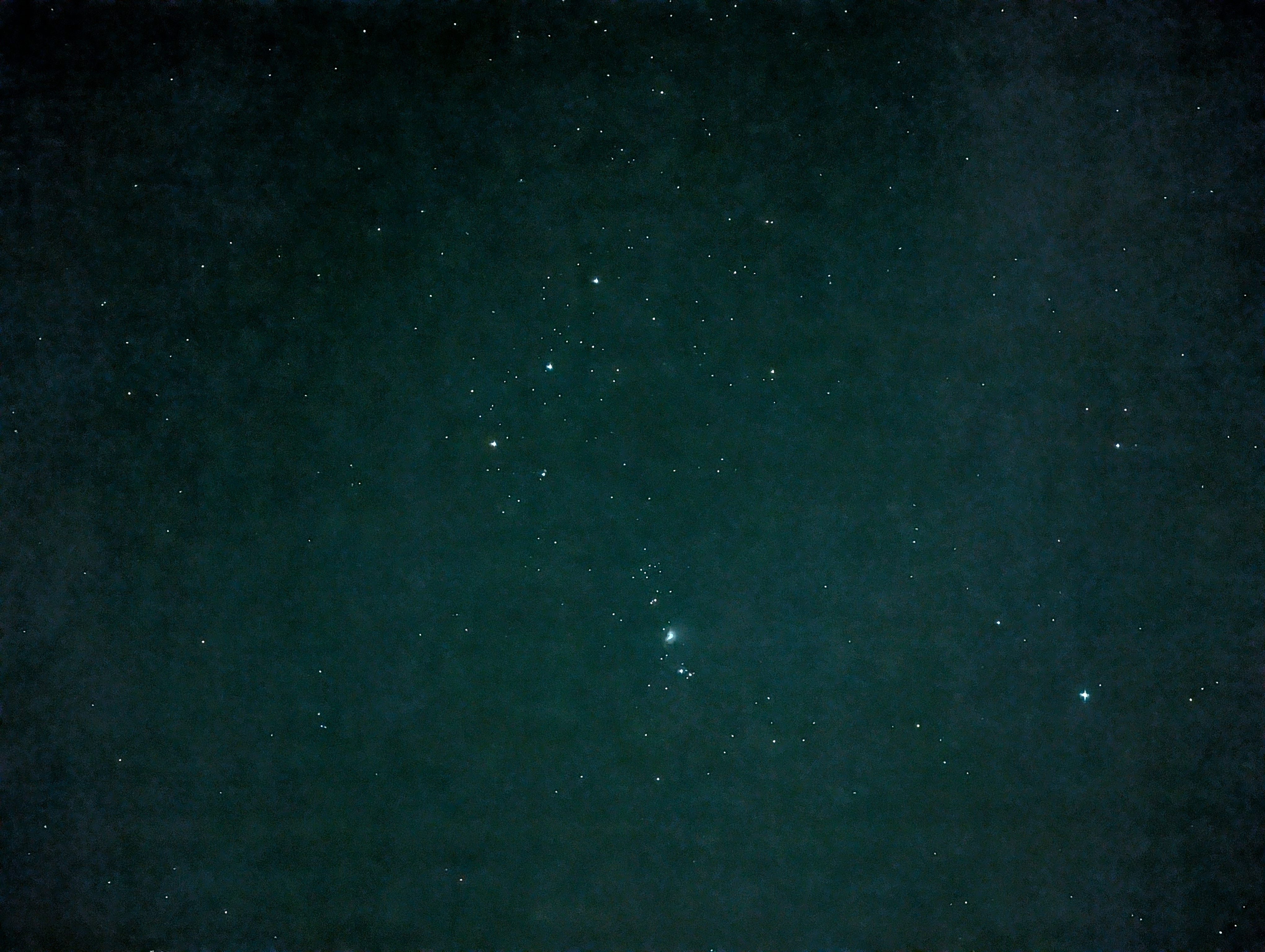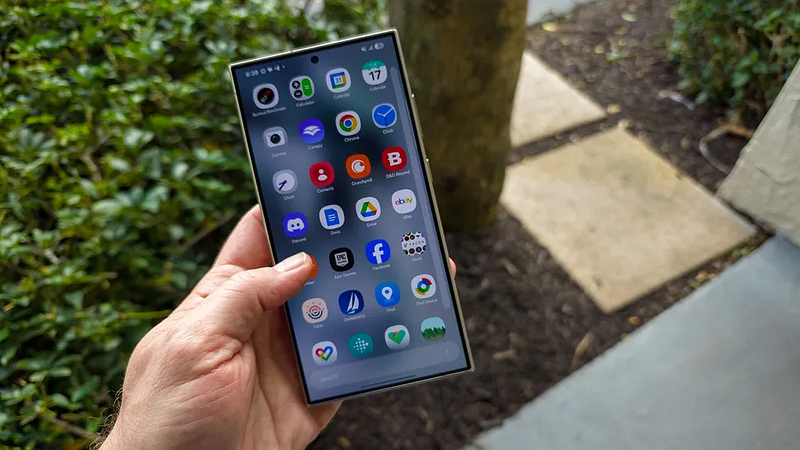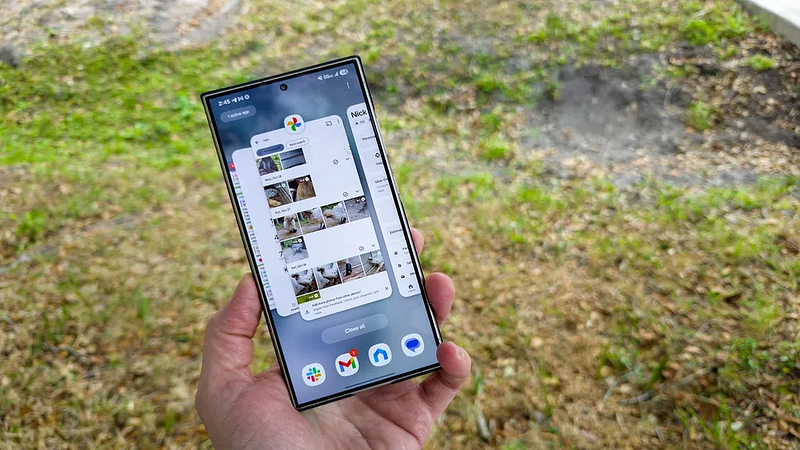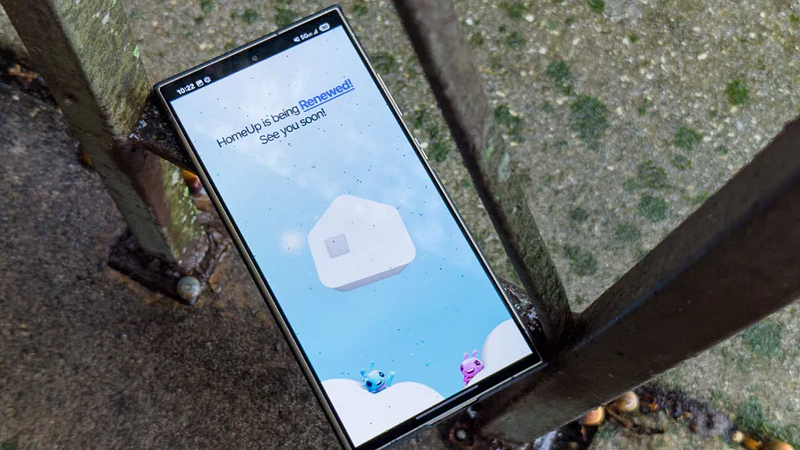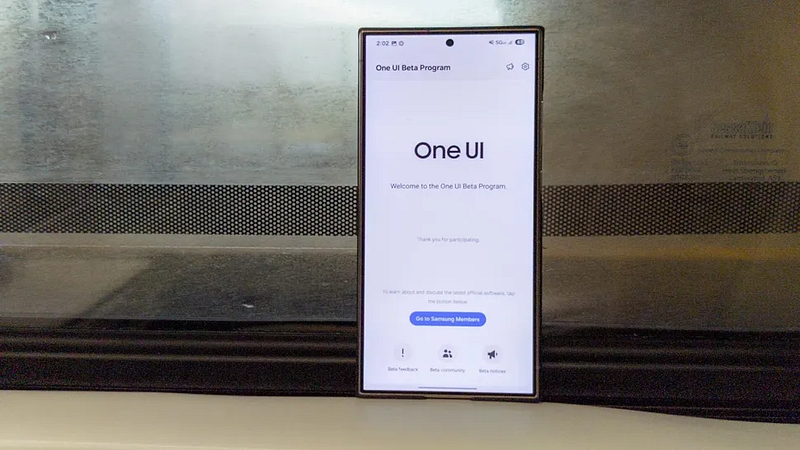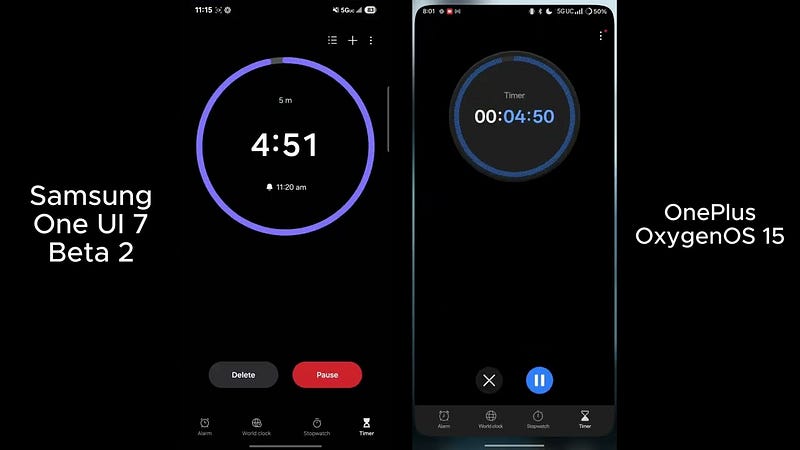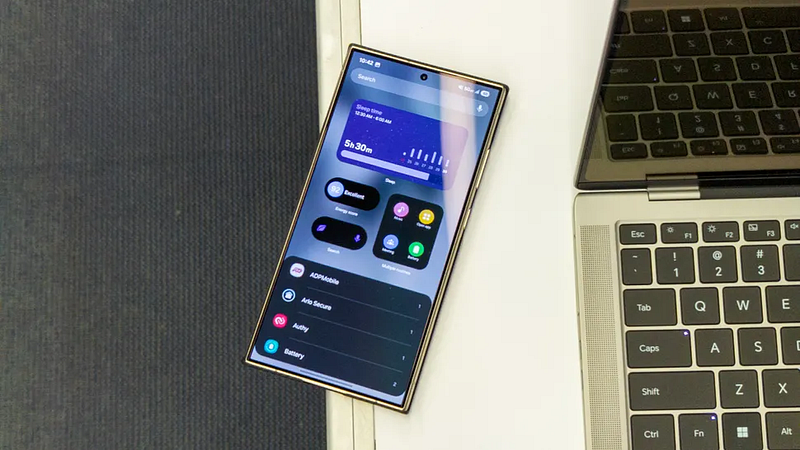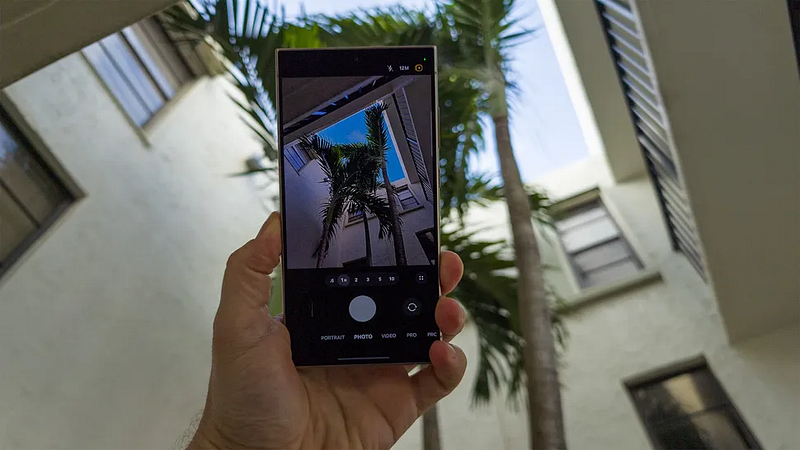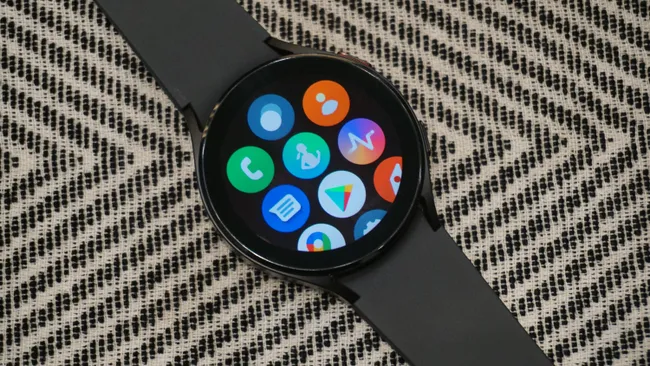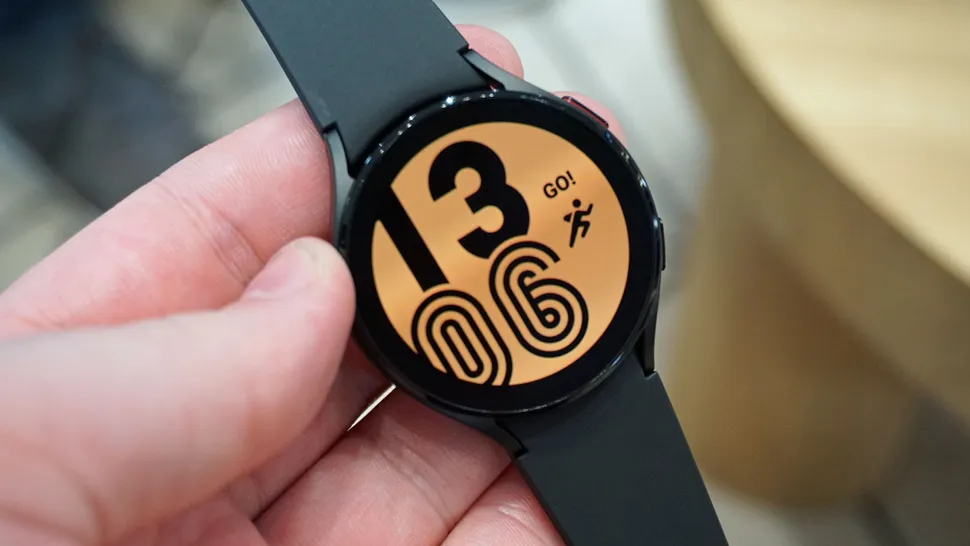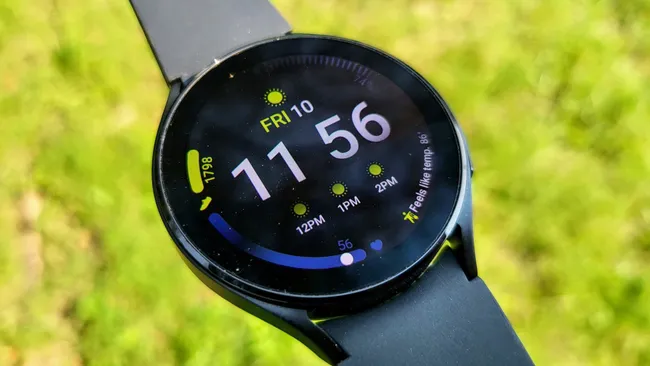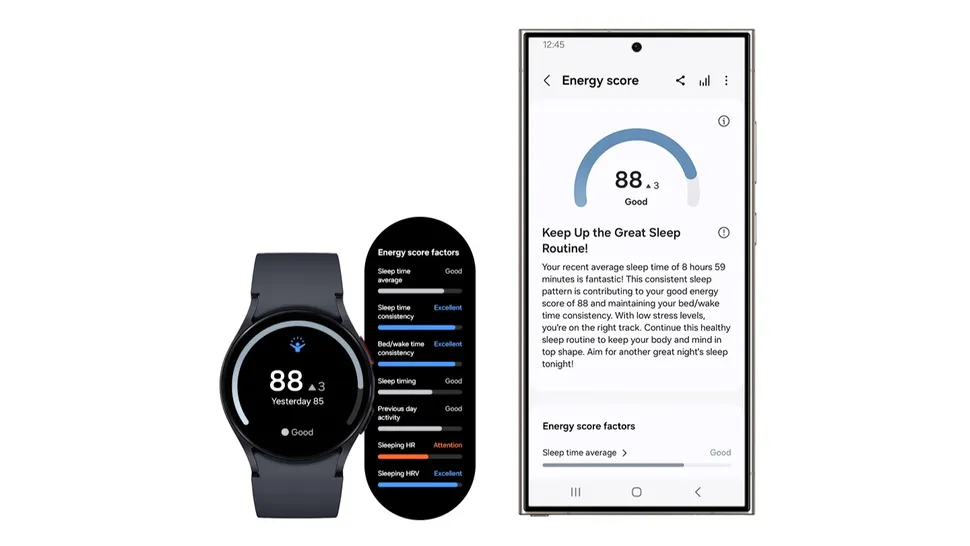You can increase your internal storage on these Android phones.
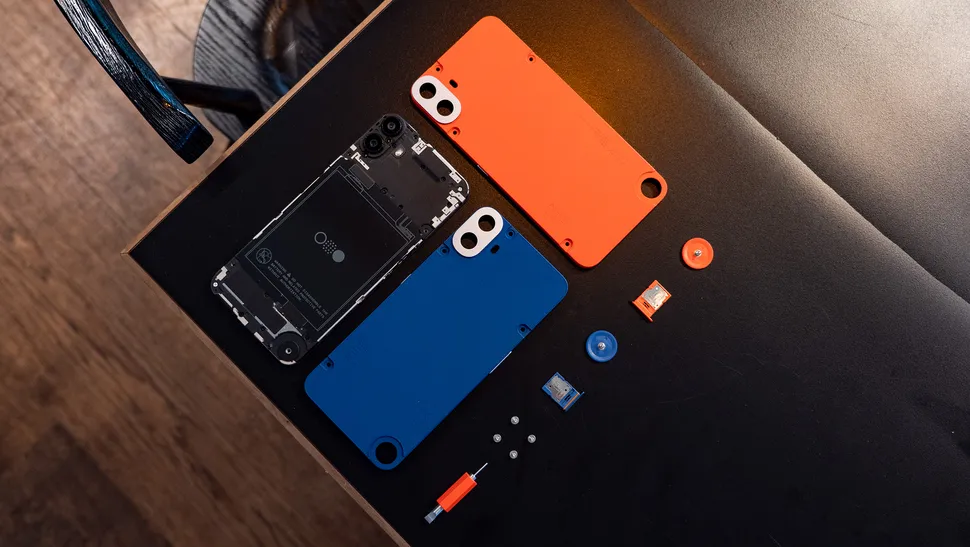
Whether you carry your media library with you, shoot a lot of 4K videos, or are looking to download a few movies ahead of a long commute, having a phone with expandable storage is essential for lots of users.
Thankfully, plenty of options are still available, although most of them are budget phones or mid-rangers with a few compromises here and there. Still, you might be surprised by the quality of the phones I’ve gathered for this guide. Some of these devices may even come with features you didn’t expect, such as 3.5mm headphone jacks and 120Hz displays.
For thebest Android phoneswith expandable storage, all you need is a stellar microSD card and you’ll be all set to store as much data on your device as needed. With theright memory card, you can even store your apps on the external storage.
Best overall
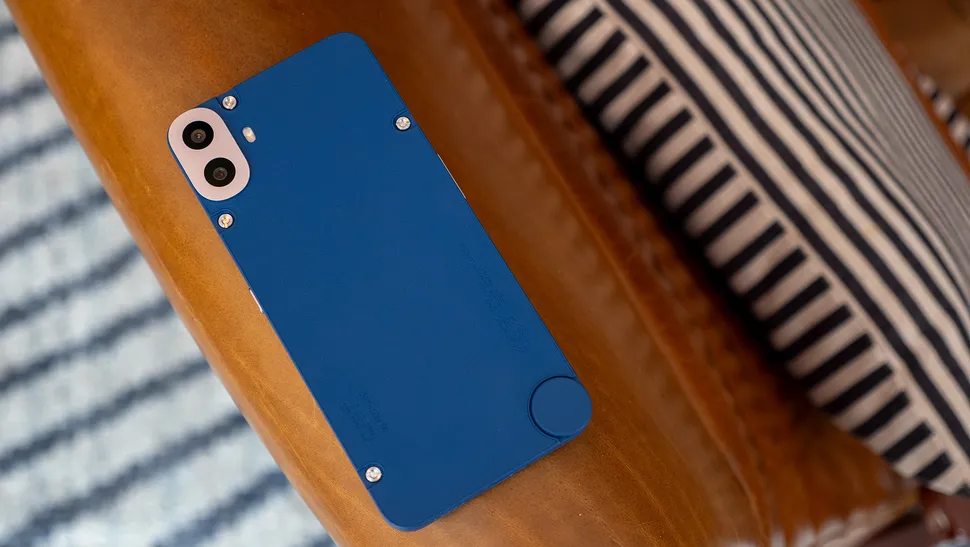
1. CMF Phone 1
Best overall
Specifications
Display:6.67-inch 120Hz OLED (LTPS), 2400 x 1080 (395 PPI), 2000 nits peak brightness, 240Hz touch sampling, HDR10+
Chipset:MediaTek Dimensity 7300 5G
Memory & storage:6GB/8GB RAM, 128GB/256GB Storage
Main camera:50MP, ƒ/1.8, EIS, 79-degree FoV, Ultra XDR
Front camera:16MP
Battery & charging:5,000mAh, 33W wired charging
Water and dust resistance:Dust and splash resistant
Reasons to buy
+Bright and beautiful AMOLED display
+Hardware can be customized
+Quick processor
+Three years of software updates
+Excellent cameras
Reasons to avoid
-No NFC
-5G support isn’t great in the U.S.
-No headphone jack
Expandable storage has been relegated mainly to budget-tier phones in the past few years which normally means boring designs with disappointing performance, but withNothing CMF Phone 1, you can get microSD expansion in a phone with a flashy and unique design, great cameras, solid performance, and a nice AMOLED display. With a MediaTek Dimensity 730 SoC you’d be forgiven for thinking performance will struggle, but performance is solid with little lag, and even solid gaming performance. It’s not the fastest chip you can get, but it’s more than powerful enough for average day-to-day usage.
The main 50MP camera on the back and the 16MP front camera both punch above their weight with a responsive app and overall good quality. The battery is also good at 5,000mAh with quick 33W charging. The phone is also set to receive two Android updates with three years of security updates, which is solid for this price.
One thing to keep in mind, especially if you’re in the U.S., is that this phone isn’t really designed for the Big Three carriers, but will work on T-Mobile if you don’t mind a few connection drops here and there. The problem is, that the phone just doesn’t support all of the bands common in North America and is more suited to the European market. Still, if you’re looking for something unique and have a carrier using T-Mobile, the CMF Phone 1 is an impressive device.
Best cheap Samsung

(Image credit: Samsung)
2. Samsung Galaxy A25
Best cheap Samsung
Specifications
Display:6.5-inch FHD+ Super AMOLED, 120Hz
Chipset:Exynos 1280
Memory & storage:6GB/8GB RAM, 128GB/256GB, expandable
Main camera:50MP wide, 8MP ultrawide, 2MP macro
Front camera:13MP
Battery & charging:5,000mAh, 25W wired charging
Water and dust resistance:None
Reasons to buy
+6.5-inch 90Hz AMOLED screen
+Samsung’s usual five-year promise regarding updates
+5,000mAh battery with 25W fast charging
+Decent main camera
Reasons to avoid
-So-so performance
-Lacks any IP rating
Craving that signature Samsung look and feel but can’t afford much? Don’t worry, the Samsung Galaxy A25 5G is a fine choice when hunting for phones with expandable storage. The Galaxy A25 gives you a FHD+ Super AMOLED panel that measures 6.5 inches wide and has an impressive 120Hz screen refresh rate.
Now this is nearly an entry-level device, but it has just enough going for it that it sits a notch above that banner. For instance, theSamsung phoneis kept alive by a gigantic 5,000mAh cell. You also get a headphone jack and a 50MP main camera, even though it doesn’t hold a candle against the photographic capabilities of the Galaxy S series of Samsung phones.
You get the Exynos 1280 chipset from the oldGalaxy A53 5G, which is okay for everyday usage and light multitasking but stutters during intensive gaming sessions. Still, if you must have acheap Samsungwithin a very tight budget, the A25 5G is a decent option.
>>>EB-BA256ABS Battery for Samsung Galaxy A25 5G A55 A256
Best with stylus
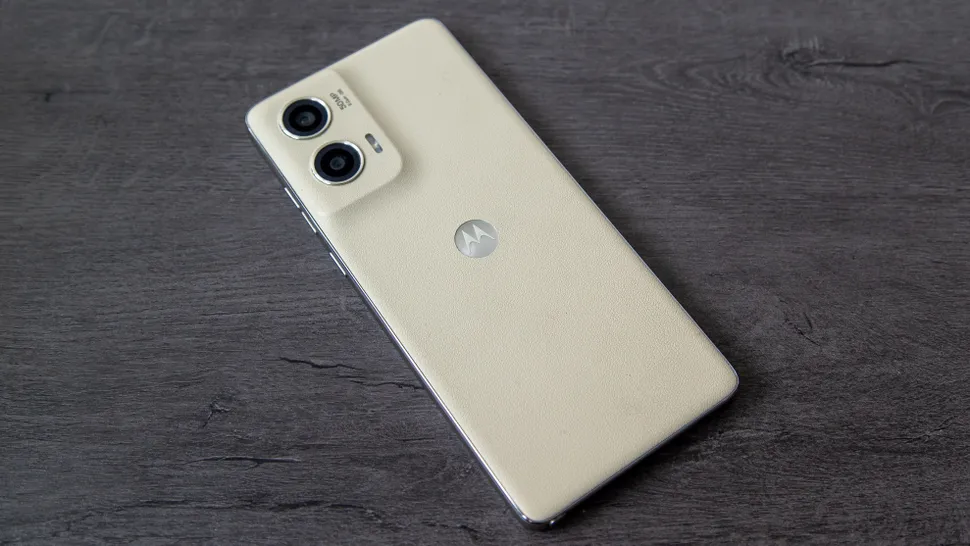
3. Moto G Stylus 5G (2024)
Best with stylus
Specifications
Display:6.7-inch, 120Hz AMOLED
Chipset:Snapdragon 6 Gen 1
Memory & storage:8GB RAM, 128GB or 256GB storage
Main camera:50MP wide, 13MP ultrawide
Front camera:32MP
Battery & charging:5,000mAh, 30W wired charging, 15W wireless charging
Water and dust resistance:Water-repellent
Reasons to buy
+Nice 120Hz OLED screen
+Solid camera performance for the price
+Outstanding battery and fast charging
+Comfortable feel with vegan leather
Reasons to avoid
-Only water-repellent, no IP rating
-One platform update
-Fingerprint sensor can be slow
TheMoto G Stylus 5G (2024)is a popular budget phone thanks to its solid performance with a Snapdragon 6 Gen 1 SoC paired with 8GB of RAM. This phone has a nice AMOLED display with up to 120Hz refresh rate and 1,200 nits of peak brightness so you can see it outdoors. This phone comes with a 5,000mAh battery pack that can charge at up to 30W wired and 15W wireless.
The camera system is also solid with a 50MP main shooter and a 13MP ultrawide camera. You can take some nice pictures in good lighting, but keep an eye on storage. You can get it with either 128GB or 256GB of storage, so expanding this phone with a microSD card will be a must for some. It also has a 3.5mm headphone jack so you may also want the storage to hold your favorite music so you can save some data.
This phone ships with Android 14, and its performance is solid, however, Motorola is only planning to give this phone a single Android version update. With phones from Samsung and Google offering much longer support, it’s a bit disappointing that Motorola is sticking to just one. Still, if you don’t mind the older operating system, strong 5G band support makes this a great phone to bring to other carriers.
>>>MD50 Battery for Motorola Moto G Stylus 5G
Best premium pick
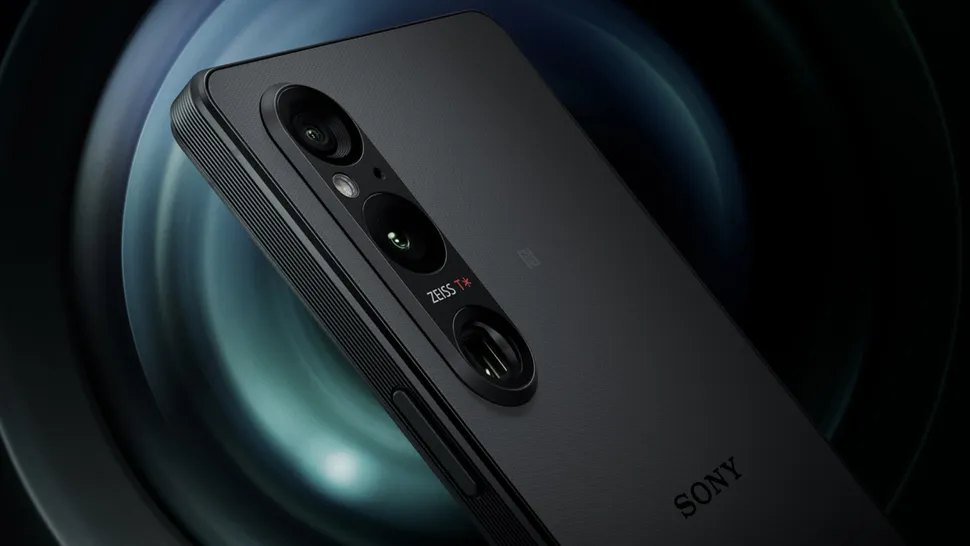
(Image credit: Sony)
4. Sony Xperia 1 V
Best premium pick
Specifications
Display:6.5-inch, OLED, 1B colors, HDR
Chipset:Snapdragon 8 Gen 2
Memory & storage:12GB RAM, 256GB or 512GB, expandable
Main camera:48MP wide,12MP ultrawide, 12MP telephoto
Front camera:12MP
Battery & charging:5,000mAh, 30W wired charging
Water and dust resistance:IP65/IP68
Reasons to buy
+The Snapdragon 8 Gen 2 is still fast
+Strong sub-6 5G support
+Water and dust resistant IP65/IP68
+Large 5,000mAh battery with 30W charging
Reasons to avoid
-Expensive
-Software support could be better
Memory card expansion and 3.5mm headphone jacks have become all but extinct in high-end Androids. Good thing Sony doesn’t seem to be bothered by what the rest of the industry is doing and has release the Xperia 1 V with both. This phone comes with the Snapdragon 8 Gen 2 SoC that was common in flagships from 2023, but it’s still plenty powerful for any app you’ll find on the app store. It’s got 12GB of RAM and ships with 256GB of built-in storage.
Available in either green or black, this is a sleek phone with three cameras on the back. It has a 48MP main cameras with a 12MP telephoto and 12MP ultrawide camera playing backup. Another rarity this phone ships with is a 3.5mm headphone jack. Headphone jacks aren’t necessarily a budget feature and many of the best Sony headphones ever made use a wire, so it’s nice that Sony has kept it around.
Software support could be better on this phone, though it has been updated to Android 14 already. Sony’s phones are often targeted at creators, and if you want to get high-quality video off of your memory card in a hurry, you’ve also got a USB-C 3.2 port with 5Gbps speeds supported.
Best value
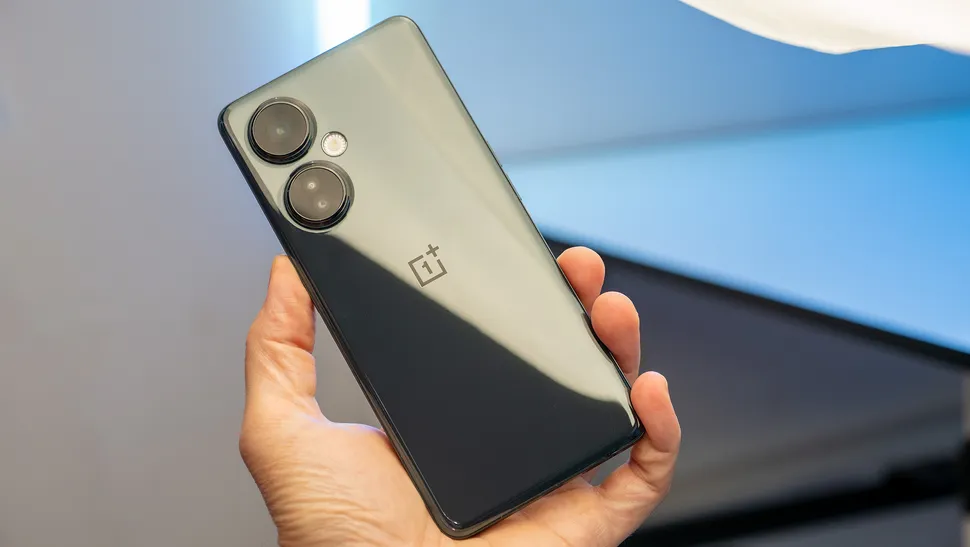
5. OnePlus Nord N30 5G
Best value
Specifications
Display:6.72-inch 120Hz LCD
Chipset:Snapdragon 695 5G
Memory & storage:8GB RAM, 128GB/256GB UFS 2.2, expandable
Main camera:108MP wide, 2MP macro, 2MP depth
Front camera:16MP
Battery & charging:5,000mAh, 50W SUPERVOOC ultra-fast charging
Water and dust resistance:IP54
Reasons to buy
+Three years of security updates
+Superb 50W wired fast charging
+120Hz LCD screen feels good
+Great build quality
Reasons to avoid
-108MP camera is gimmicky
-Only one major platform update
Like so many of the best budget Android phones, theOnePlus Nord N30 5Gsports the 6nm Snapdragon 695 5G chipset. You can insert a microSD card in the slot and add more storage in a jiffy. It’s an oldie, but a goldie.
The Nord N30 5G has a lot of neat features, but the coolest one of them all is the 50W SUPERVOOC charging. Now that’s an incredibly fast charging speed that you certainly won’t find on any other phone with expandable storage.
The 108MP camera sounds amazing, but it’s actually more of a buzzword. As per our testing, the picture quality could be better. You will appreciate the snappy 6.27-inch 120Hz IPS LCD display though.
OnePlus only promises one OS update for this model, but you get three years of guaranteed security updates. Since Android 15 is on the horizon, you won’t get anything beyond Android 14 on the Nord N30. But the phone is still a worthwhile purchase in 2024.
Best value T-Mobile
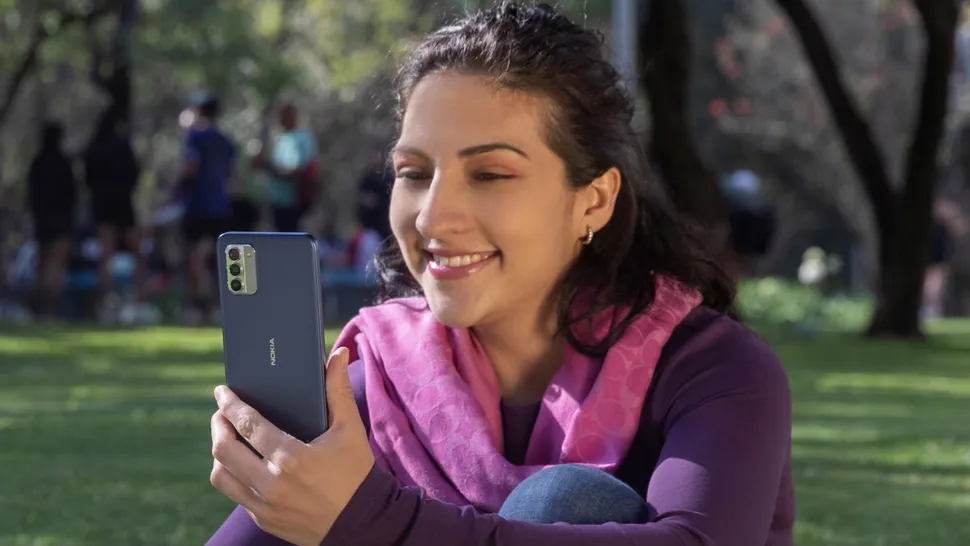
(Image credit: HMD)
6. Nokia G310
Best value T-Mobile
Specifications
Display:6.56-inch IPS LCD
Chipset:Snapdragon 480+ 5G
Memory & storage:4GB RAM, 128GB storage, expandable
Main camera:50MP wide, 2MP macro, 2MP depth
Front camera:8MP
Battery & charging:5,000mAh, 20W wired charging
Water and dust resistance:Resistant
Reasons to buy
+Low cost or free with a plan
+Large 5000mAh battery with 30W charging
+Support for 5G on T-Mobile
+Repairable with parts at iFixit
Reasons to avoid
-Fairly slow SoC
-Not Android 14
HMD, the company that makes Nokia phones, has stayed focused on budget-friendly Androids and it continues to make some of the cheapest new phones available. The G310 is exclusive to T-Mobile carriers in the United States and comes in at well under $200. The Snapdragon 480+ 5G chipset not only gives the phone enough power for social media and messaging apps but also full 5G connectivity on T-Mobile’s sub-6 5G network.
It has a 50MP main camera on the back for decent pictures in well-lit environments. and a 5,000mAh battery that can easily make it to the end of the day. The screen is also a plus with a 6.56-inch IPS LCD running at up to 90Hz. If you like music, you’ve got a 3.5mm headphone jack as well as Bluetooth. You can even repair this phone withparts available at iFixit.
Keep in mind that this phone is only designed to work with T-Mobile, so bringing it to a Verizon or AT&T-based carrier likely won’t work out. Still, for the low price, this phone is a good fit for T-Mobile.
How to choose
With most of thebest Android phonesmoving away from expandable storage, you might think the format is becoming a dying breed, but don’t panic just yet. There are still plenty of great phones with microSD support, though the vast majority of them are budget offerings. Grab some of the best microSD cards, and you’ll be able to expand your storage with ease.
While its limited availability and carrier support mean its not the right pick for everyone, the CMF Phone 1 is a surprisingly great phone, especially when your remember it’s $200. The phone has a quick MediaTek SoC, a strong camera, and solid battery life. With three years of updates planned with two Android updates, this phone punches above its weight in several categories.
In terms of full-blown flagships that offer expandable storage, you’re out of luck with the latest releases. You won’t find a microSD slot in the Galaxy S24 lineup or the Pixel 9 series. You’re better off with mid-range value phones such as the Moto G Stylus 5G (2024) or the OnePlus Nord N30 5G. You’ll find the internals to be solid in both phones, pushing out smooth performance consistently. Both devices are great hits in the camera and battery departments, too.
Not everyone that wants expandable storage is shopping for acheap Android phone. The Sony Xperia 1 V is an expensive phone that’s hard to recommend over the like of Samsung Galaxy and OnePlus, but it’s one of the few high-end phones to keep the memory card expansion around. It also has a 3.5mm headphone jack making it a strong pick for content creators, or headphone enthusiasts.
